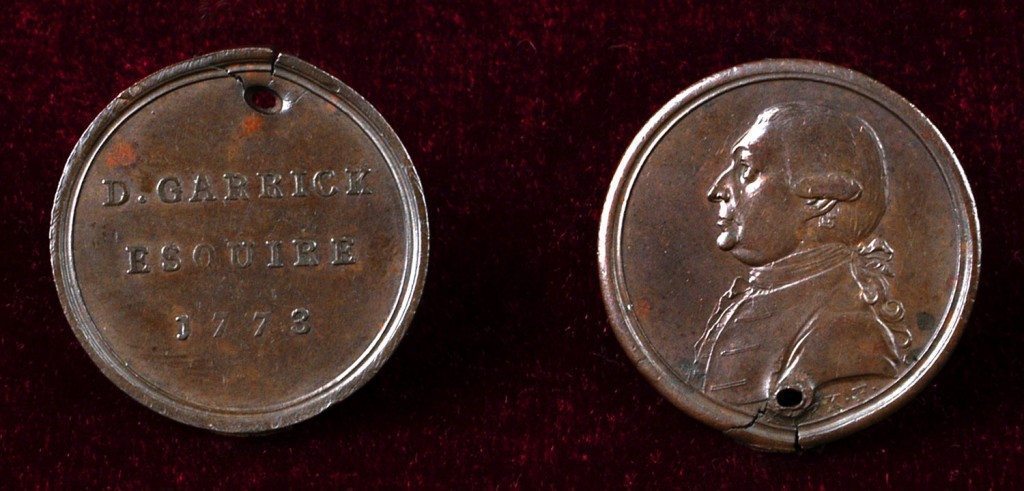Literary Contacts: Princess Ekaterina Dashkova and Prince Mikhailovitch Karamzin
Image: Medallion of David Garrick produced at the Soho Mint, Birmingham, 1773.
Image from: Birmingham Assay Office (206)
Princess Dashkova was glad to meet poets, writes, and actors in London. Among her acquaintances were Horace Walpole and the actor-manager, David Garrick, who lived for part of his early life in Lichfield, Staffordshire and was instrumental in reviving Britain’s interest in Shakespeare. Samuel Johnson, the Lichfield-born literary master was also another influence. Soon after her return to Russia, Catherine the Great appointed Princess Dashkova as President of the Russian Academy (1783). In this post she initiated and supervised the compilation of an Explanatory Dictionary of the Russian Language, which was modelled, in part, on Johnson’s Dictionary of the English Language(1755).
Nikolai Mikhailovich Karamzin (1766-1826) made his European journey in 1789-1790. He was neither a rich grandee doing his tour according the fashion, nor a shy provincial sent abroad to study. He was a young well-educated writer who had many literary theories and who wanted to test them against reality. He wished to get to know modern European life, and to meet philosophers and writers. For him a journey was a delightful dream:
For how many long years has this journey been my fancy’s most pleasing dream? Have I not told myself with delight: “At last you are going!” Have I not awakened each morning with joy? Have I not felt a surge of pleasure at the thought: ”You are actually going!” For how long a time have I been unable to think of anything, to be interested in anything save this journey? Have I not counted the days, the hours?” 4
Karamzin sold his part of his father’s inheritance to his brothers in order to visit Prussia, Saxony, Switzerland, France and England. His own route around these countries was different from the official fashionable routes. It included seeing Emmanuel Kant in Koenigsberg (Prussia), visiting Weimar (Germany) because of Wiland, Herder and Goethe, going to Lausanne (Switzerland) for “those beautiful places where the immortal Rousseau placed his romantic lovers”, and looking in Calais (France) at the places associated with Laurence Sterne.
England was the last country on his route, so he was already too short of time to see many places apart from London. On the way from Dover to London he passed Canterbury and Rochester, and during his stay in London he visited Greenwich, Windsor, Richmond and Twickenham:
I went to Twickenham, a pretty village where the philosopher and poet, Pope, lived and died. There are many handsome properties here, but I was most interested in seeing the poet’s house, now the property of Lord Stanhope. I saw his study, his armchair, the bower where, on summer days he translated Homer – the grotto with its marble bust of him, and from which the Thames is visible – and finally, the century-old willow, which has bifurcated in a wonderful manner, beneath which the philosopher loved to think, the poet to dream. 5
Karamzin’s Letters of a Russian Traveller, were published in 1791-1792 in The Moscow Journal, and in 1797 in book form. They reflected his thoughts and impressions. But they were not real letters, but a literary work in epistolary form probably based on notes taken or on a diary kept during the journey. Many descriptions were borrowed from other written and published sources, particularly for his relatively brief description of England. In contrast to the grandees, he did not bring back home valuable paintings or marbles. His treasures were of a different sort – “notes, accounts, books, little stones, dried grasses and twigs” which called to mind places he had visited, amongst these was “the willow beneath whose shade the Englishman Pope wrote his best verses!” 6
Even without visiting the Midlands where he might have met Erasmus Darwin or Sir Brooke Boothby, or have seen the achievements of Josiah Wedgwood, Matthew Boulton and James Watt, or have visited Shakespeare’s tomb in Stratford, he not only laid a new – mainly literary – route to Europe, but demonstrated his admiration for the great European writers and stimulated his Russian readers’ interest in places associated with them. Later Russian travellers would follow Karamzin’s steps. Many of them would literally carry his Letters, and compare their impressions with those of Karamzin.
4 Karamzin N.M, Letters of a Russian Traveler. (N-Y. London. 1957), p.29.
5 ibid., p 326.
6 Ibid., p.340. For Karamzin in England see: Cross A.G., “A Love Affair with England: N.M.Karamzin”, in “By the Banks of the Thames”. Russians in Eighteenth Century Britain (Newtonville.1980), chapter 10, p.252-263.
« Previous in this sectionNext in this section »Continue browsing this section
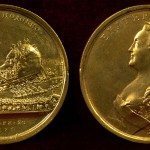 Russian Visitors to the English Midlands
Russian Visitors to the English Midlands
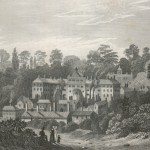 Princess Ekaterina Dashkova’s Visit to Soho, Handsworth
Princess Ekaterina Dashkova’s Visit to Soho, Handsworth
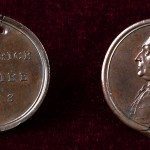 Literary Contacts: Princess Ekaterina Dashkova and Prince Mikhailovitch Karamzin
Literary Contacts: Princess Ekaterina Dashkova and Prince Mikhailovitch Karamzin
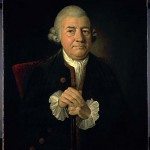 Vassilii Pushkin: a Collector of Books
Vassilii Pushkin: a Collector of Books
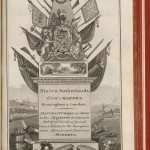 Russian Military Visitors
Russian Military Visitors
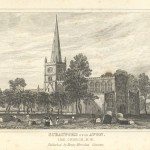 Alexander Turgenev, Shakespeare’s Stratford and other Literary Connections
Alexander Turgenev, Shakespeare’s Stratford and other Literary Connections
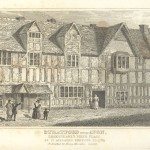 Russian Culture and Britain
Russian Culture and Britain



